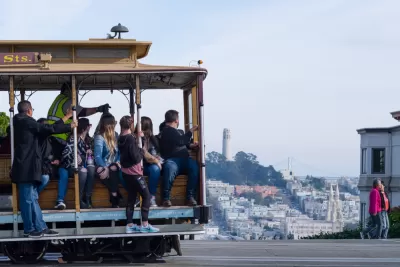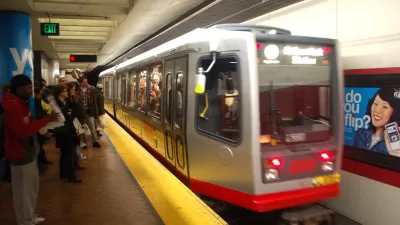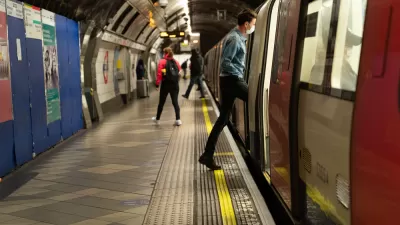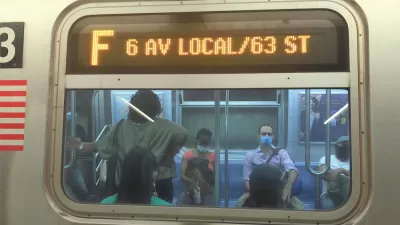The recently announced post-COVID plan for public transit in San Francisco looks a lot different than the pre-COVID days.

"Get ready for a big addition to our COVID-19 Core Service Network: Muni Metro rail is scheduled to return in August to coincide with more businesses reopening and the likely event of San Francisco schools welcoming teachers and students back into their classrooms," writes Mariana Maguire for the San Francisco Municipal Transportation Agency (Muni) website.
The newly announced post-COVID plan for Muni looks a lot different than the pre-COVID days of public transit in San Francisco, according to Maguire.
Putting Metro rail back in service frees up buses currently in use for the L, M, N and T to serve additional routes and improve frequencies systemwide. A high-frequency shuttle in the subway would replace the Metro lines that we take out of the subway. Devoting the tunnels to the higher capacity routes would use the space in our subway much more efficiently. These changes will support more essential trips, physical distancing, and our city’s economic recovery.
San Francisco distinguished itself in its approach to public transit in the height of the city's stay-at-home orders back in March and April by shutting down the subway in and focusing service on the busiest bus lines in the city. Maguire's article reviews some of what the agency accomplished with that unprecedented decision to shut down subway service, and also provides more details about the changes coming to the system in August.
FULL STORY: Big Changes Ahead when Muni Rail Returns in August

Planetizen Federal Action Tracker
A weekly monitor of how Trump’s orders and actions are impacting planners and planning in America.

Map: Where Senate Republicans Want to Sell Your Public Lands
For public land advocates, the Senate Republicans’ proposal to sell millions of acres of public land in the West is “the biggest fight of their careers.”

Restaurant Patios Were a Pandemic Win — Why Were They so Hard to Keep?
Social distancing requirements and changes in travel patterns prompted cities to pilot new uses for street and sidewalk space. Then it got complicated.

California Homeless Arrests, Citations Spike After Ruling
An investigation reveals that anti-homeless actions increased up to 500% after Grants Pass v. Johnson — even in cities claiming no policy change.

Albuquerque Route 66 Motels Become Affordable Housing
A $4 million city fund is incentivizing developers to breathe new life into derelict midcentury motels.

DC Area County Eliminates Bus Fares
Montgomery County joins a growing trend of making transit free.
Urban Design for Planners 1: Software Tools
This six-course series explores essential urban design concepts using open source software and equips planners with the tools they need to participate fully in the urban design process.
Planning for Universal Design
Learn the tools for implementing Universal Design in planning regulations.
Heyer Gruel & Associates PA
JM Goldson LLC
Custer County Colorado
City of Camden Redevelopment Agency
City of Astoria
Transportation Research & Education Center (TREC) at Portland State University
Camden Redevelopment Agency
City of Claremont
Municipality of Princeton (NJ)





























